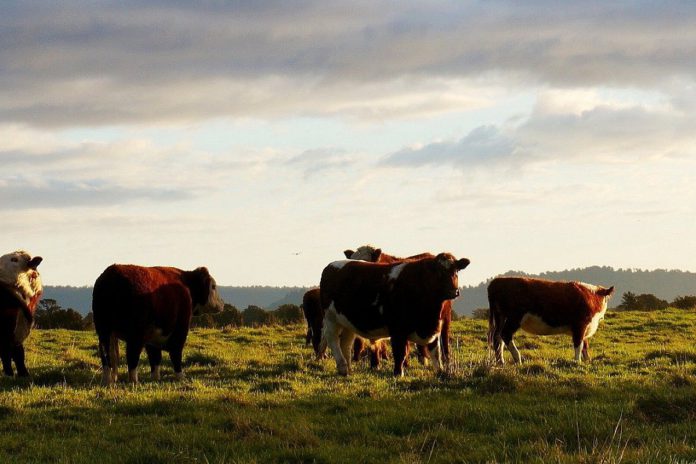New research shows average lifetime losses of €70 per animal for fattening steers with fluke infections.
Boehringer Ingelheim Animal Health is urging beef farmers to consider liver fluke control in growing youngstock at housing.
Leon Duffy, ruminant veterinary adviser for Boehringer, explained that liver fluke infections rarely cause acute disease in cattle.
He highlighted that chronic infections can impair feed conversion ratios, growth rates, and can also reduce carcase quality.
“The financial and production impact of liver fluke should not be underestimated. Recent Irish abattoir research, published this year, has shown that a fattening steer with fluke infection will put on 36kg less live weight gain over its lifetime versus a healthy steer, costing the farmer on average of €70 per animal.”
31 days longer to reach slaughter date
Additionally, analysis of data from cattle at a Scottish abattoir showed that animals with 1 to 10 liver fluke present in their liver took an average 31 days longer to reach slaughter weight.
Animals with more than 10 liver fluke present took an additional 77 days longer to reach slaughter weight versus animals without any liver fluke infection.
“Liver fluke infections can also lead to hormonal and metabolic imbalances, affecting reproduction in female animals and extending breeding targets.”
“Affected animals may also be more susceptible to secondary bacterial infections, such as Salmonella and Clostridial infections.”
Treatment
With autumn upon us, preparing cattle for housing this winter is now on most farmers’ agendas. This is an ideal opportunity to remove productivity-limiting parasites that were acquired during the grazing season.
The main targets for parasite control at this time of year are gutworms, lungworm and liver fluke.
The choice of treatment for liver fluke at housing is complicated by emerging resistance to triclabendazole.
According to the animal health company, this is the only flukicide that treats the early immature stage of liver fluke, responsible for acute disease in sheep but not of clinical relevance in cattle.
“Selecting an alternative flukicide for cattle at housing will reduce selection for resistance and, by targeting the later stages of the parasite, control the impact of liver fluke on productivity,” explained Mr Duffy.
“Flukicides containing clorsulon (contained in IVOMEC® Super) will remove the adult stages of fluke in cattle. Those containing closantel, or nitroxynil (the active ingredient of TRODAX®), are effective against both late immature and adult stages.”
To ensure that cattle have no residual fluke burden, they may need to be re-treated at an appropriate interval after the initial housing dose.
Diagnostic testing can be used to determine whether a second treatment is necessary. This approach will ensure that cattle are turned back out onto pasture fluke-free.
Advice on testing for liver fluke and on selecting the most appropriate product and treatment protocol for your farm should be obtained from your vet or animal health advisor.





